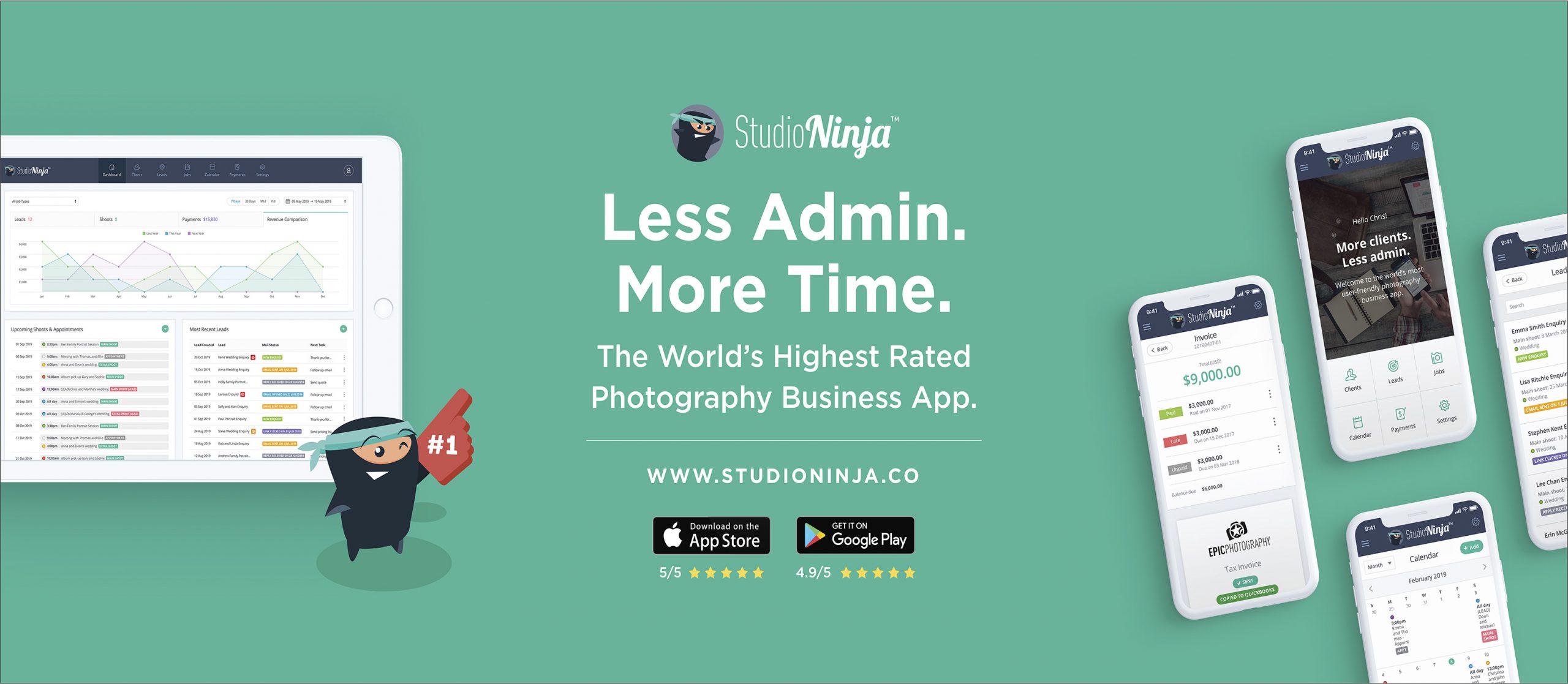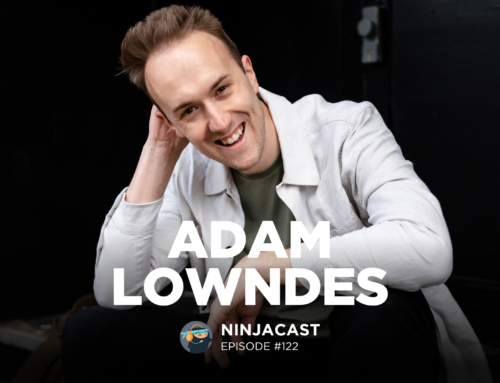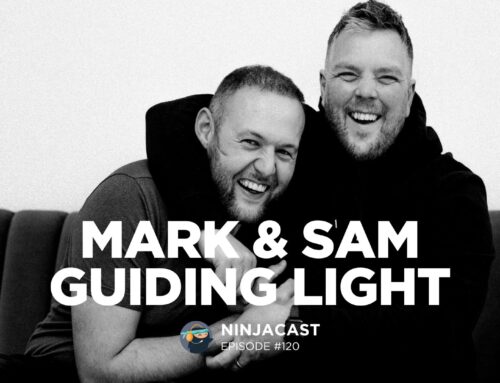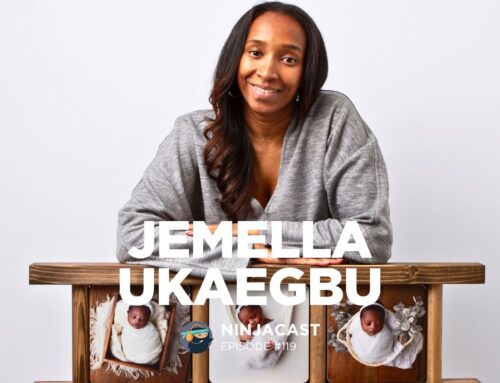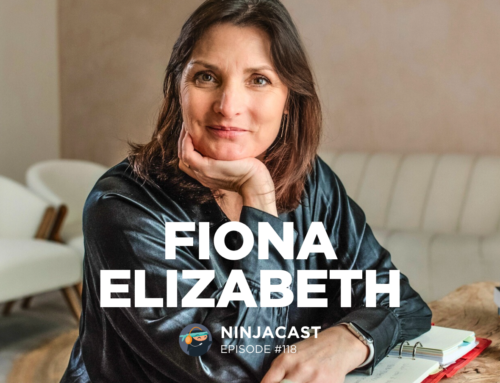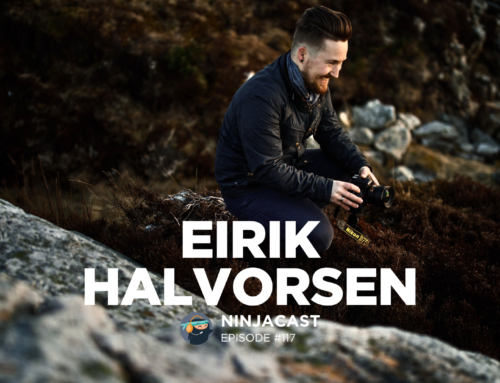080: Rachel Shenton – Final Cut vs Premiere & Editing Films for Success
November 20, 2022
“Don’t skimp on organisational tools – when you’re feeling creative, having organisation in place will allow you to flourish.”
RACHEL SHENTON
Hey everyone! It’s Sally here, from Studio Ninja. Today’s episode is all about Rachel Shenton!
Rachel is a video editor specialising in outsource editing for wedding and commercial filmmakers. Her clients range from international award-winning filmmakers to photographers breaking into videography for the first time. As such, her approach and style is bespoke for each client.
Check out some of the biggest points from Rachel’s interview below:
How can you shoot for your edit?
I think it’s so important to think about the edit when you’re shooting. It makes a massive difference to the footage you’re ending up with. I really respect any videographer who goes in thinking about what edit they’re going to make while they’re shooting. And that can be in terms of, I’m shooting from this angle now, what would I want to see in the next 10 shots to tell the story and they’re thinking ahead to the next thing they’re going to go and shoot, and then you can see that in the footage in that list of files I’ll get and you can see the story. They’ve done it bit by bit and it’s quite linear, but other, you can do it in a lot of different ways sometimes even just holding a shot for a good amount of time, not doing a second or two of that steady in focus shot for two seconds and you’re pulling over to something else.
Just holding it there a little bit will stop it from being confining you to only being able to use a little bit if something happens in that shot, you’ve held it and something really nice happens, you’ve got that you can also use as well. So I think it’s really important to think about it while you’re doing it, thinking what would I like to have left with at the end of the day? It can give you just loads more to work with, or me, a lot more to work with having those shots that are just held just for a few seconds and just nice and clear and then it’s all thought through.
There is so much you can do with just a little bits of things. If you’ve just got a little bit of that, a little bit of this, you can still make something really lovely. But yeah, being mindful of what you’ve got and what you still need to get to be able to build up that film is a really useful tool. I’d actually recommend anyone getting into videography if you can, editing someone else’s footage just once or twice, someone you know or going and shooting for somebody and then using their footage to make something, just to learn from an editing perspective what things would’ve been useful if that other person had shot that.
And then you’re thinking, oh, so if I do that when I’m shooting for someone else or when I’m shooting for myself, I think, yeah, editing a couple of things that someone else has done. Because if you’re just editing your own stuff, you are quite close to it and you’re thinking, you were there on the day and you’re thinking, well I had to do this and this and this is why it’s like this. So I think, yeah, have a look at other people’s stuff and then you can really build a picture of what would be the best useful footage for yourself.
What process do you go through before starting an edit?
So what I do, it’s very important for me because I wasn’t there, I don’t shoot myself. It’s so important to me to have that moment of going through everything for the first time. Sometimes I’ll curl down the footage if there’s loads of it, or I’ll just make selections of what I’d like to use. Making all of the multi cams syncing everything up. So speeches, ceremony if it’s a wedding, any letters getting read all that stuff, and just laying it all out in front of me just to really get an idea of what I’ve got, how it felt, how all the footage feels, how the day felt. That’s important for me. Again, like I say, because I wasn’t there, but I think it’s also important, a lot of videographers, they’re not getting to the edit until they’ve already done six other weddings. So I think it’s a really important part of the process just to sit in front of it all and just look at it again fresh before you even think about what’s the story here? How am I going to put this together? Go through absolutely everything, trim it down.
Yeah, it’s sometimes definitely harder than others. If I’ve been booked to do a full package, I’m doing the ceremony and the speeches first anyway. So that’s always a really good chance to go through and listen for anything that might pull a little bit of a thread of a story together. And there’s always going to be those where that really doesn’t present itself immediately and you’re going through thinking, there’s not a lot I can use here. Those are the tricky ones. And I think where you’ve got to read between the lines a little bit and figure out what’s going to be the most important thing to them. And I think as a lot of filmmakers I work with, they want to go for the most emotional story. Sometimes that’s not there, sometimes that’s not the type of couple you’ve got. Sometimes it’s going to be time for a little funny best man speech or sometimes it’s going to be time for a little anecdote from the father of the bride. And I think that we shouldn’t necessarily ignore those straight away because it doesn’t tell the story we want.
It’s the story that they’ve got, that’s their lives. And so yeah, always start with, I’ll listen to the ceremony and the speeches. It’s not always really obvious. Sometimes it’s straight away, it’s like, oh okay this happened to them, this is how they met, this is what their story is, and it’s really, really easy. But when it’s less obvious, I think that’s when you’re listening to what emphasis, which vows do they have the most emphasis on, is one of them stopping halfway through to laugh at something that’s been said in the vows because that’s the couple they are and they’re like, Oh yeah, that reminds me of an in joke or something.
What is the difference between linear vs non-linear?
So a linear film is really just all of the events in the wedding day as they happened, one after the other. So you’ve got your prep, you’ve got your ceremony, you’ve got all the cocktail hour and the portraits, then you’ve got your speeches and you’ve got your evening stuff. And that’s really just laid out as it happened real-time, not necessarily real-time, but the highlight will be just closed cut in order chronologically. A non-linear one, often they’re the ones that will be a little bit more led by the speeches and the ceremony audio. And it’s telling the story in a bit more of a, we’re time jumping, we’re going back and forth. We might start with a little funny bit of speech and then there’s a little bit of prep and then there’s a bit of dancing.
And it’s can be a lot more emotional that way. And you’re going back and forth and a lot of the time you can have the B-roll reflecting something that was said in the speeches and you can build a story of that couple that way and that way you’re bringing, I think a bit more flavor rather than just, oh these are the events of the day. They get constructed completely differently though. So I think when you’re doing a non-linear one, you’ve really got to go for those narrative parts. You’ve got to really listen for the story and the speeches.
If you are doing a linear edit, it doesn’t necessarily matter so much what was said, how the ceremony went, what’s going on with that day, because you’re just going to construct it chronologically and then you’re done. So in that sense it’s a lot quicker, but yeah, a lot of filmmakers prefer to go non-linear, you’re picking out the story, you’re laying all of that down on top of the music and then you’re going through and you’re constructing it very, not chronologically as well, you’re starting in the middle somewhere, you’re figuring out at what point during this seven to 10 minute film is the bride going to come down the aisle. It doesn’t have to be exactly where she did it in the day. You could have that way later.
Thank you!
Thanks again to you all for joining us and a huge thanks to Rachel for joining us on the show!
If you have any suggestions, comments or questions about this episode, please be sure to leave them below in the comment section of this post, and if you liked the episode, please share it using the social media buttons you see at the bottom of the post!
That’s it for me this week, I hope you all enjoyed this episode.
See you soon,
Sally
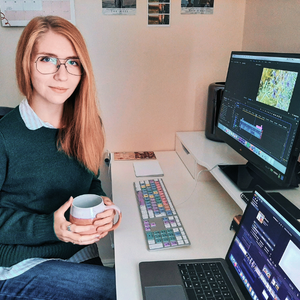
About Rachel Shenton
Rachel is a video editor specialising in outsource editing for wedding and commercial filmmakers. Her clients range from international award-winning filmmakers to photographers breaking into videography for the first time. As such, her approach and style is bespoke for each client.
